How to Treat and Recognise a Burn – Effective First Aid for Burns
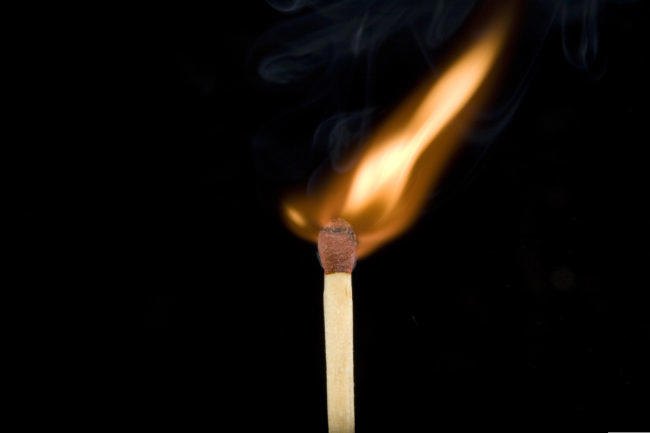
Each year approximately 50,000 burns related hospital admissions occur in Australia – over 1,000 of these are children in Victoria, with children aged 0-4 years at greatest risk.
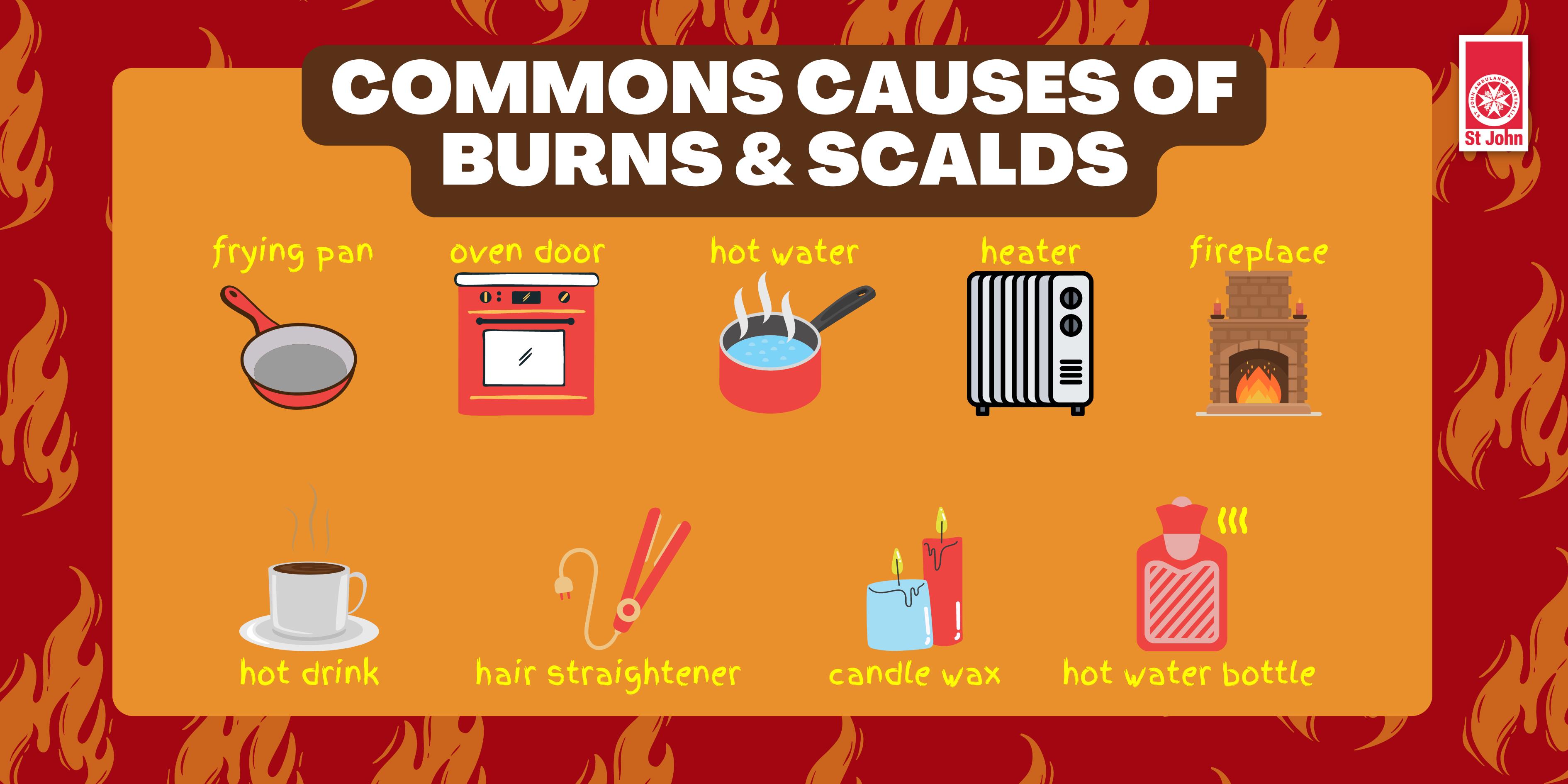
Types of Burns
There are three different types of burns that can occur:
Superficial burns (first-degree burns)
These burns cause damage to the first or top layer of skin only. The burn area will be red and painful. E.g. sunburn
Partial thickness burns (second-degree burns)
These burns cause damage to the first and second skin layers. The burn area will be red, peeling, blistered and swelling with clear or yellow-coloured fluid leaking from the skin.
Full thickness burns (third-degree burns)
This involves damage to both the first and second skin layers, plus the underlying tissue. The burn site generally appears black or charred with white exposed fatty tissue. The nerves are destroyed and the pain will not be as strong with a full thickness burn.
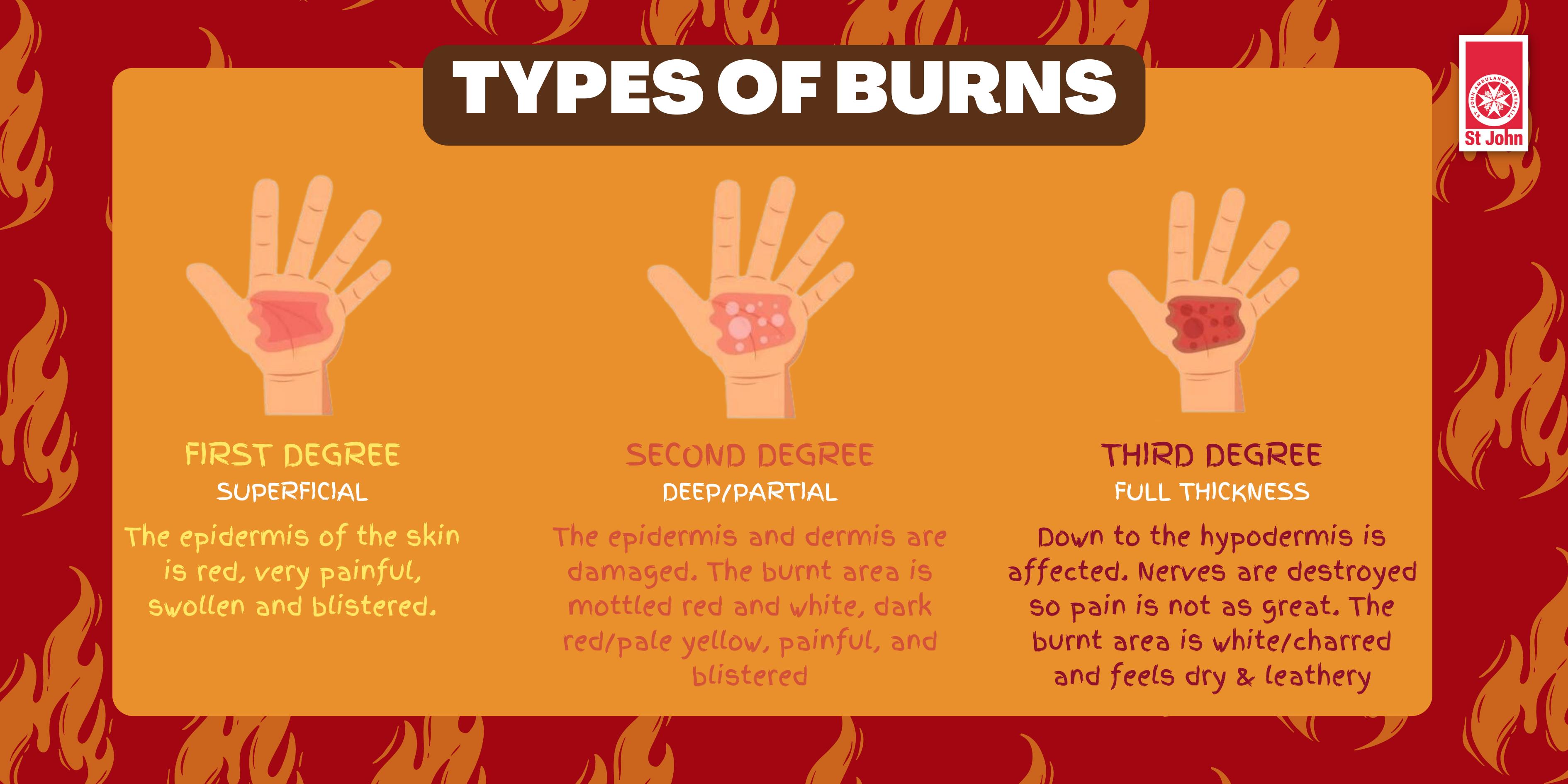
When it comes to burn injuries, major burns are considered a medical emergency and require urgent treatment. For minor burns, the following first aid treatment should be applied immediately.

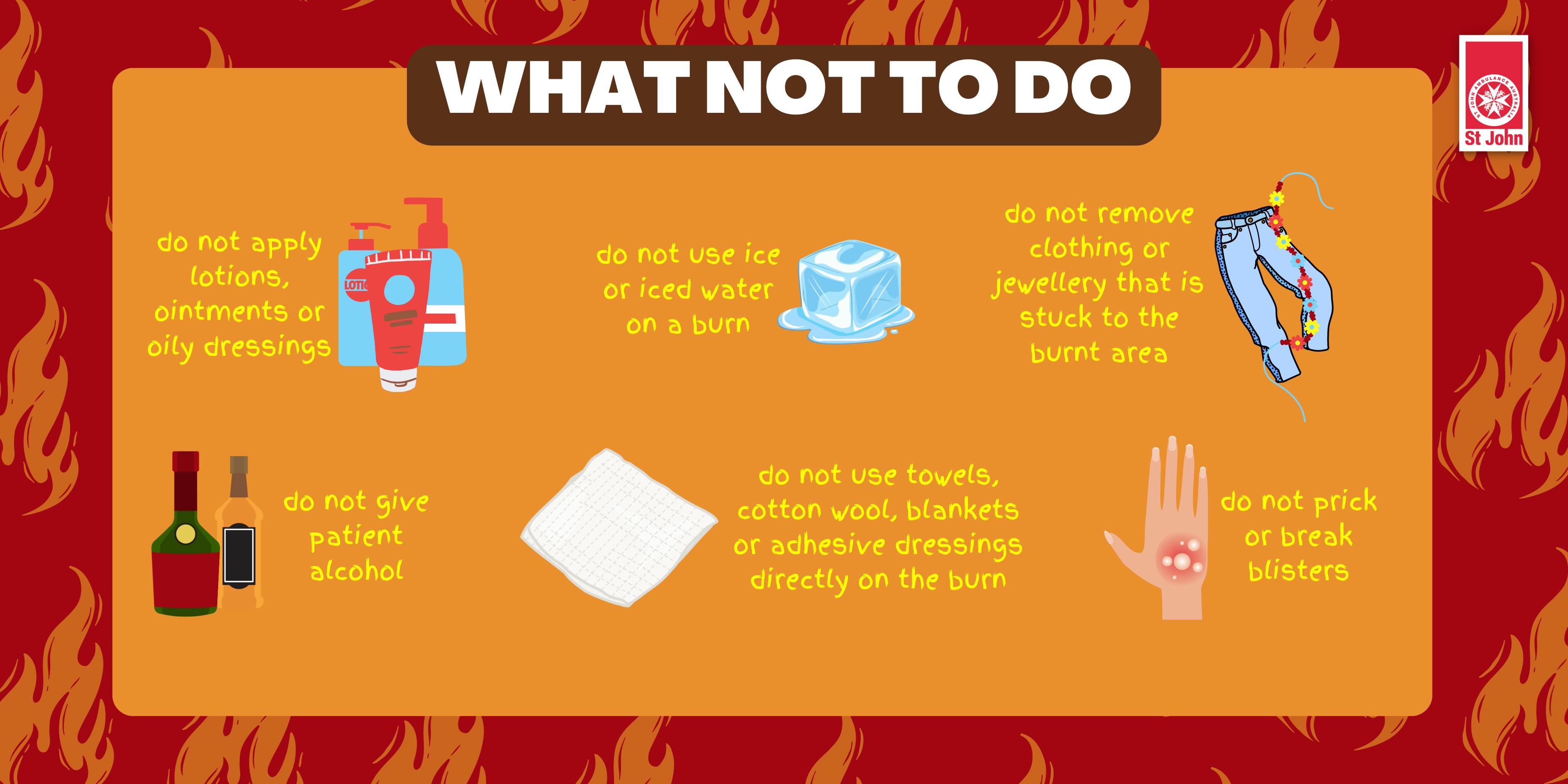
Fortunately, the majority of burns are preventable and by just taking a few minutes to make your home and environment as safe as possible, you could prevent a life-changing injury.
Learn more about the different types of burns and how to effectively treat them in this interactive online course.
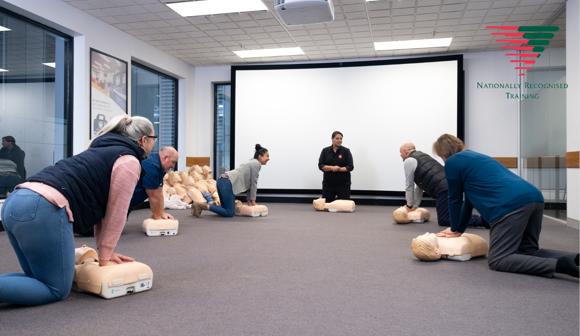
PROVIDE FIRST AID
Learn how to manage a range of common first aid scenarios.
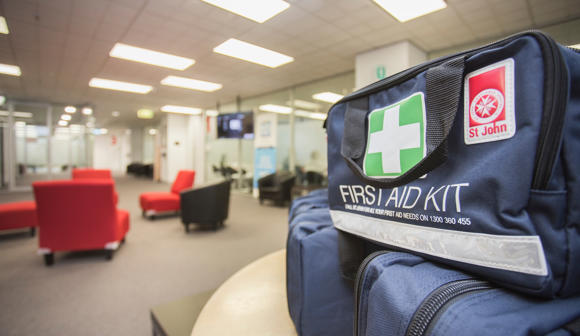
DO YOU HAVE THE RIGHT FIRST AID KIT FOR YOUR HOME, SCHOOL OR WORKPLACE?
St John has a range of First Aid products to suit any situation.
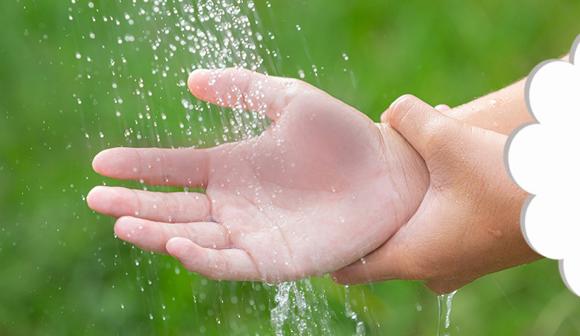
BURNS AND SHOCK ELEARNING
Learn about different types of burns, how to effectively treat them and provide first aid for shock in this interactive online course.
